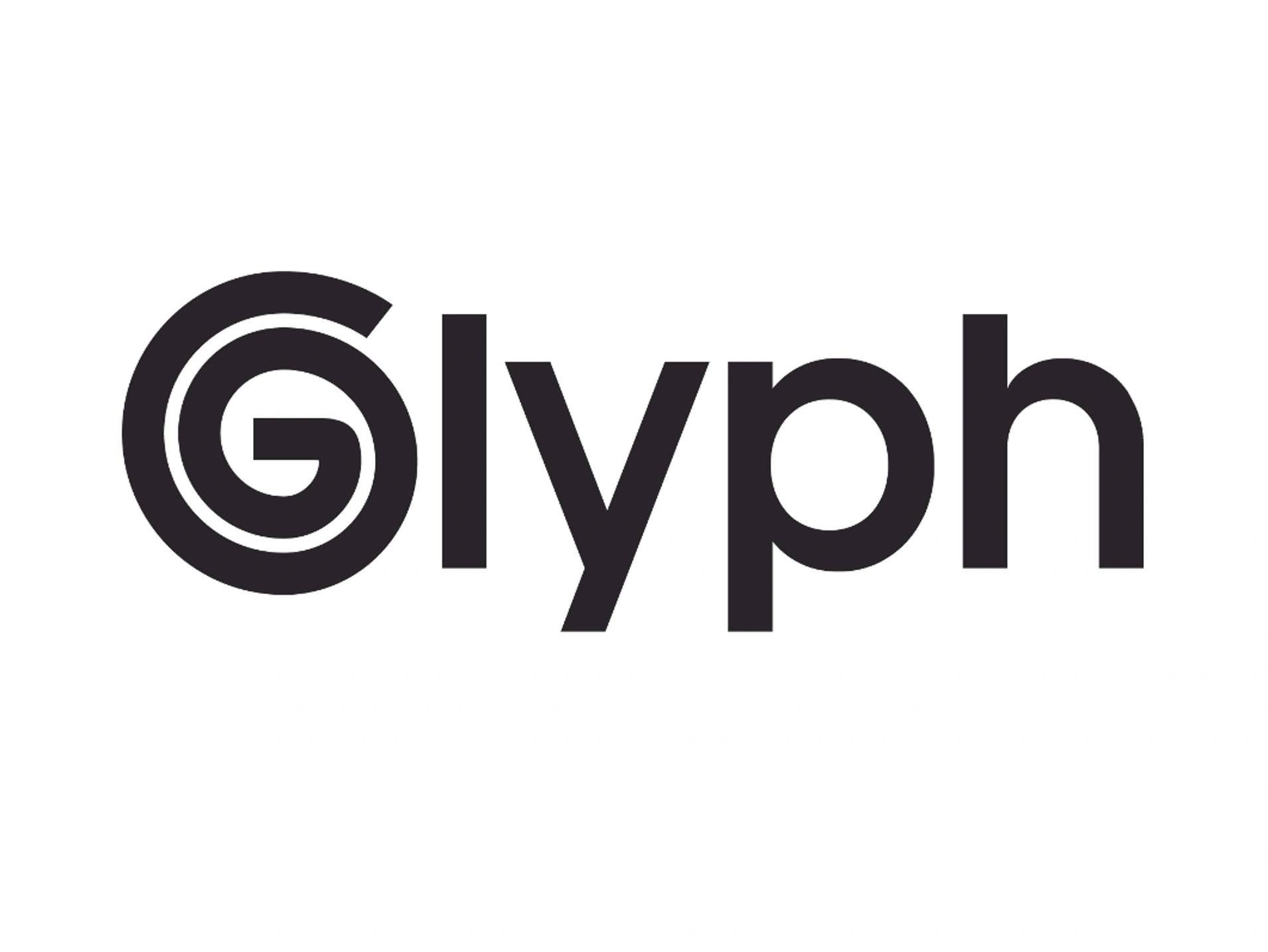订阅 wiki
Share wiki
Bookmark
Glyph
Glyph
Glyph 是一个去中心化的流动性市场协议,用户可以作为存款人或借款人。存款人提供流动性以赚取被动收入,而借款人可以以超额抵押或不足抵押的方式借款。[1]
概述
Glyph 是 Fraxtal 的原生信用层,专注于提供货币市场并增强整个 Fraxtal 生态系统的流动性。用户可以借贷资产,同时从 Flox 算法中获利。Glyph 提供通用的跨抵押贷款市场,并旨在开发更多以 Frax 资产为重点的金融产品。[1]
存款和赚取
glyphToken 持有者根据市场动态赚取回报,包括贷款利率。存款持有者根据平均借款利率乘以利用率获得借款人利息的一部分。每种资产都有自己的 APY,该 APY 随时间变化。[2]
系统内没有最低或最高存款要求。但是,低存款可能不会产生大于提交存款交易成本的回报。[2]
要提款,用户必须访问“仪表板”部分并选择“提款”选项。然后,选择所需的提款金额并提交交易。必须有足够的流动性才能提款;否则,用户可能需要等待存款人或借款人偿还贷款以获得额外的流动性。通常允许提款,除非资产被积极借用或提款会导致贷款清算。此外,为了将资产排除在抵押品使用之外,个人可以在存入资产后选择退出。此选项位于其仪表板的“存款”部分,他们可以在其中切换所选资产的“用作抵押品”按钮。[2]
借款
用户可以选择借款而不是出售其资产,以维持其在特定资产上的头寸,从而保留潜在的升值收益。借款提供流动性而无需出售资产,通常用于意外支出、杠杆持有或探索新的投资机会。[3]
要开始借款,用户必须首先存入要用作抵押品的资产,然后转到“借款”部分并选择所需的资产。借款金额由可用存款决定,这些存款用作抵押品。最大借款金额取决于存入的资金和可用流动性,健康评级或流动性不足会导致无法借款。[3]
健康因子评估存入资产的安全性;较高的因子表示清算风险较低。还款期限是灵活的,但应计利息会随着时间的推移降低健康因子,从而可能导致清算。[3]
偿还贷款或存入更多资产可以提高健康因子并避免清算风险,偿还优先用于改善健康因子。[3]
清算
当借款人的健康因子降至 1 以下时,就会发生清算,因为他们的抵押品价值不足以支付他们的贷款/债务价值。如果抵押品价值下降或借入的债务增加,则可能发生这种情况。[4]
在清算过程中,最多可以结算借款人 50% 的债务,并且从可用抵押品中扣除该金额加上清算费。这确保了已清算部分的债务得到偿还。Glyph 促进部分清算,允许清算人偿还用户最多 50% 的债务,而不是全部欠款。例如,如果用户有 1,000 美元的债务且健康因子低于 1,则他们可以在一次清算事件中偿还 500 美元的债务。清算人特定的清算罚款或奖金因用作抵押品的资产而异。[4]
闪电贷
由于需要技术专业知识,闪电贷专为开发人员量身定制。这些贷款无需抵押即可借用任何可用资产,前提是在单个区块交易中偿还流动性。要执行闪电贷,必须构建一个合约来请求一个闪电贷并在同一交易中执行所需的操作,包括偿还贷款。闪电贷没有相关费用,费率为 0.00%。[5]
协议资产
- 贷款价值比 (LTV) 决定了基于特定抵押品的最高借款金额。它以百分比表示。例如,在 LTV=80% 时,借款人可以为每 1 ETH 价值的抵押品借入最多 0.8 ETH 价值的相应货币。贷款后,LTV 会随着市场情况进行调整。[6]
- 清算阈值 (LT) 指示头寸被视为抵押不足的百分比。例如,如果清算阈值为 80%,如果价值超过抵押品的 80%,则该头寸可能会被清算。贷款价值比和清算阈值之间的差异充当借款人的安全缓冲。[6]
- 储备系数 (RF) 将协议利息的一部分指定给收款人合约,作为 Glyph 协议的协议费用。[6]
- 清算奖金 (LB) 是指当清算人获得抵押资产作为已超过清算阈值的贷款的清算过程的一部分时,抵押资产价格的降低。[6]
发现错误了吗?
